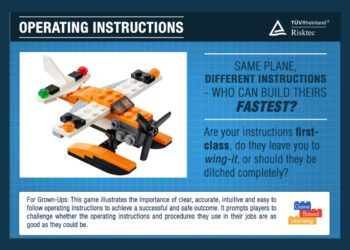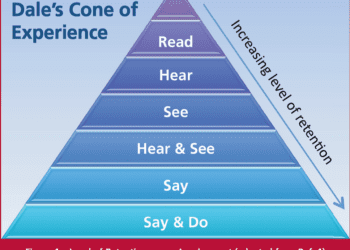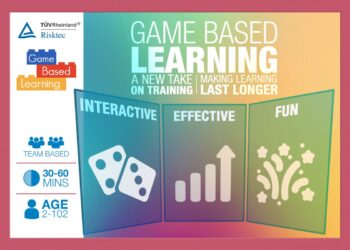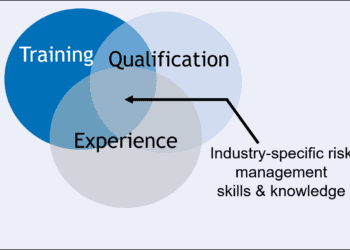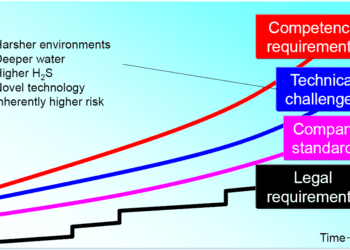Game-based learning – a non-trivial pursuit?
A common frustration within major hazard industries is that accidents continue to happen even though we go to great trouble to train our personnel to avoid them. Making learning stick is a universal problem that educational institutions have been wrestling with for decades.
But don’t panic, there’s an exciting solution to this problem. Game-Based Learning (GBL) takes your message out of PowerPoint and broadcasts it interactively to the trainee.
A GBL session is short and snappy, typically lasting 30-60 minutes. It is fun, it is hands-on and, by using everyday analogies for technical subjects and grounding them in the real world, it is accessible to all personnel across an organisation. By providing an appealing and immersive experience, participants acquire and retain knowledge to a much greater degree than through more traditional approaches.
This claim is supported by the research of Edgar Dale, an American educationist, who developed the concept of the ‘Cone of Experience’, which suggests that you remember 90% of what you ‘do’ when you simulate, model or experience a lesson. This is also something the Chinese philosopher Confucius understood as long ago as 500 BC when he said, “I hear and I forget. I see and I remember. I do and I understand”. This is the fundamental basis of GBL.
WHAT DO GBL GAMES LOOK LIKE?
GBL can be used to get across any message in the workplace. But it’s in major hazard industries – where, generally speaking, improvement is about small margins – that GBL comes into its own.
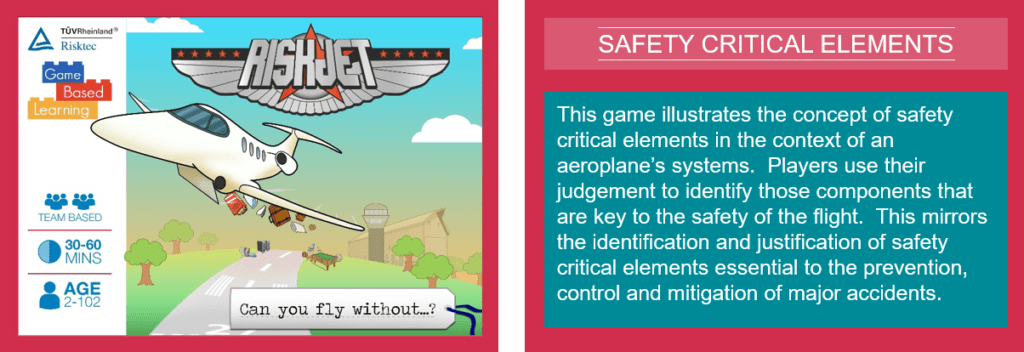
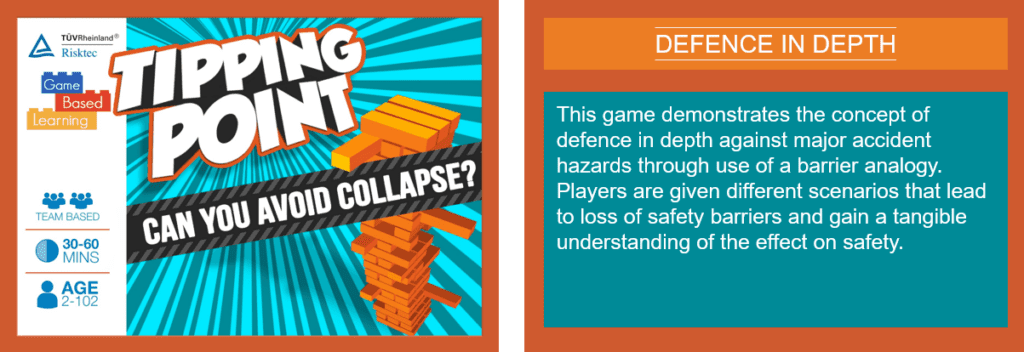
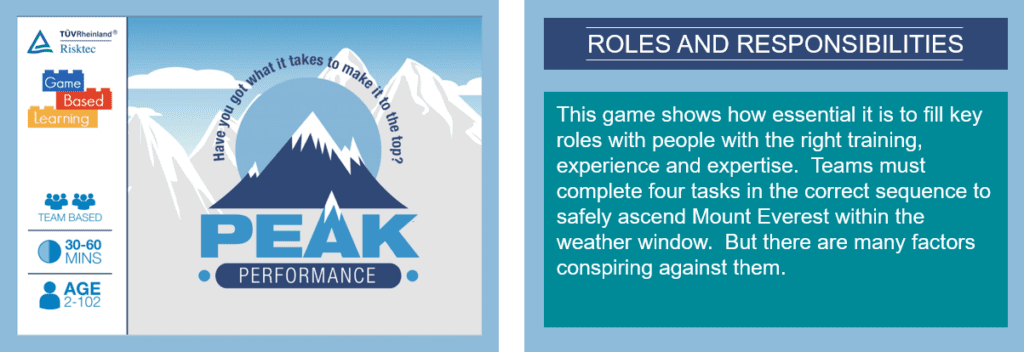
Risktec has developed a number of tried and tested games in recent years, covering common process safety themes (see examples above).
These games can be used ‘off-the-shelf’ or tailored to suit a specific application, operation or asset. With an idea or issue in mind, concepts, themes and analogies may be combined to develop a bespoke game which delivers the message in an effective and memorable way.
HOW IS GBL DELIVERED?
Like a good twister player, GBL is extremely flexible and can be delivered in a number of ways:
- Providing a diverting, energising break from a traditional classroom session.
- Using a game to deliver a serious message (e.g. a safety improvement) in a short, high impact memorable session.
- An entertaining ice-breaker within a meeting, workshop, or conference, that can also convey relevant learning.
- As part of the roll-out of a new initiative, e.g. using GBL to support the use of a new Facility Safety Case, as described on page 2.
As a result, it can be delivered cost-effectively within existing training budgets.
CONCLUSIONS
Although having fun in the workplace may still be seen as taboo by some, especially those within the serious environment of the major hazards industry, when it enhances learning, competence and safety, perhaps we all need a bit of GBL?
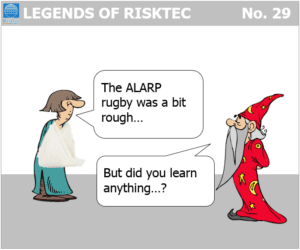
This article first appeared in RISKworld issue 29

